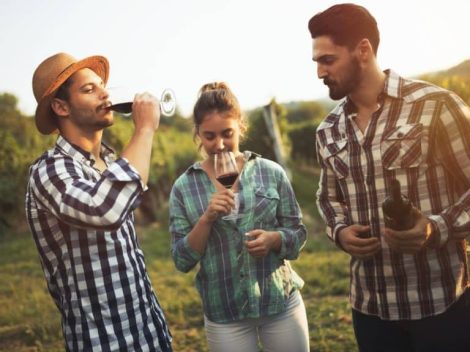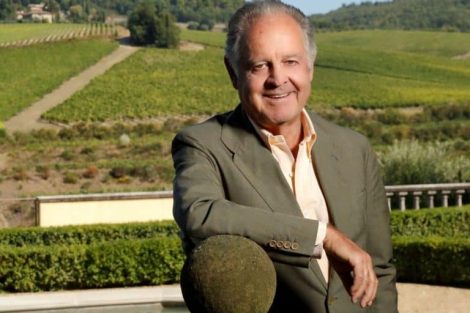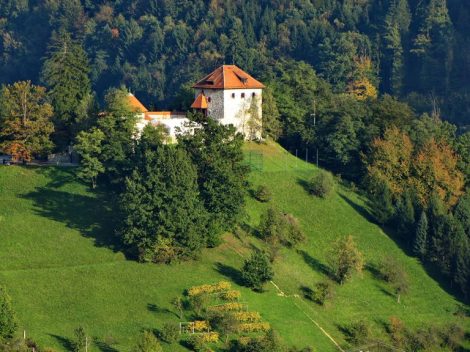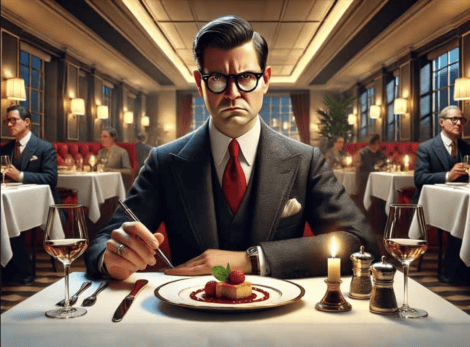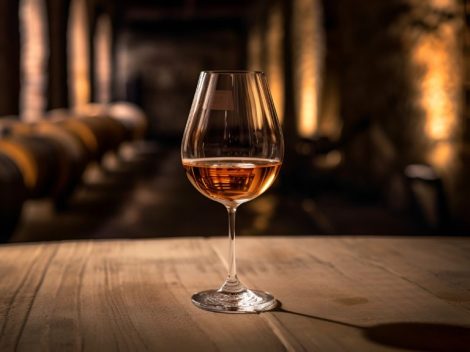Scaa and Scae: the concept of specialty coffee
1982 sees the birth of one of coffee’s most significant communities: Scaa, Specialty Coffee Association of America which now counts 2,500 members and constantly committed to promoting quality coffee. The small group of founders started the project with the need to set common quality standards. This fosters the beginning of specialty coffee, particular to areas and their climate, that don’t present any defects and that have ranked with more than 80 points in Scaa-parameter tastings. The term specialty coffee also applies to an entire approach to coffee and the profession of roaster or barista: a work model that’s always striving towards quality. From Scaa then developed Scae (Specialty Coffee Association of Europe), a network of coffee professionals from over 90 European countries with a National Chapter in Italy counting 500 partners among industries and baristas employed in training and circulation of coffee culture.
The waves
From the initial wave in 1800, when entrepreneurs figured out that coffee brought big money, to the following wave born as a reaction to a the low quality product of the previous wave, we are finally in the Third Wave of Coffee, or as many define it, “back to the coffee bean”, and its origins and peculiarities. The movement puts coffee back at the center of attention of baristas and roasters, and aims to spreading knowledge on a new approach in regards of the beverage. The trend initiated in the US and then to Europe – especially in northern countries – where it plunged its roots deep in the culture, giving way to an ever developing trend. In the US, where it all began, many situations are responsible for the growth of Third Wave Coffee. Among these, a special mention goes to Dillon Edwards’s Parlor Coffee, a micro-roaster that has won the hearts and palates of New Yorkers and tourists alike, chefs and coffee experts, and above all represents an innovative and avant-garde business model.
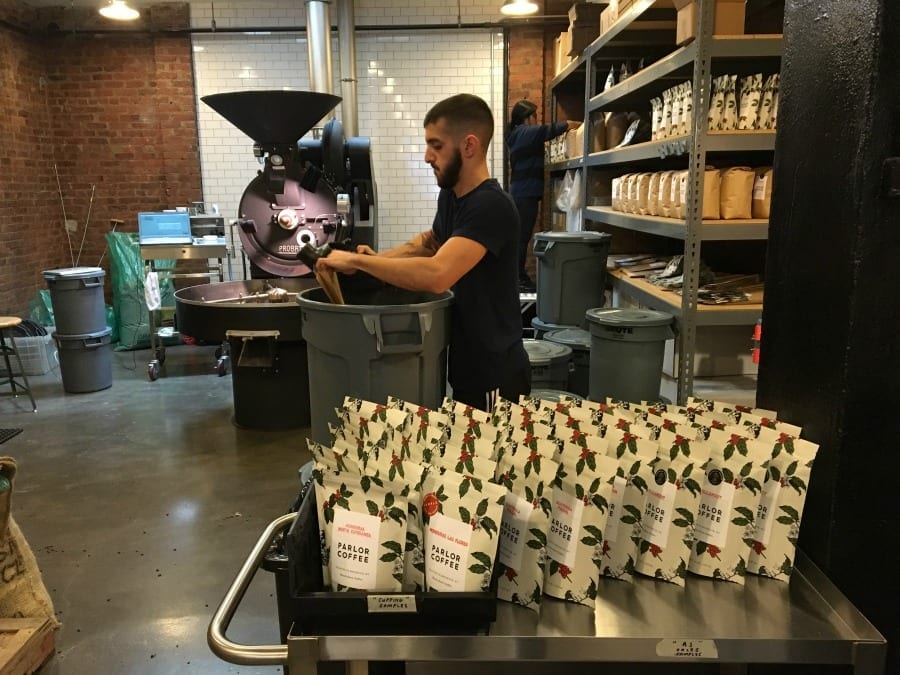
Dillon Edwards
Originally from Los Angeles, Dillon Edwards spent his childhood in Nashville, Tennessee. He started traveling the US at a young age in search for himself. He stumbles across coffee by chance with an unassuming experience at Starbucks, which however deeply changes him. At age 22, he crosses the East River and lands Williamsburg. In Brooklyn he starts working for California coffee company Blue Bottle, after a few months he moves again, a few blocks down to Havemeyer, in the back of a barber shop, Persons of Interest. This is a small pop-up where it’s still the thing to sip on a cup or buy a bag of coffee beans while waiting for a haircut.
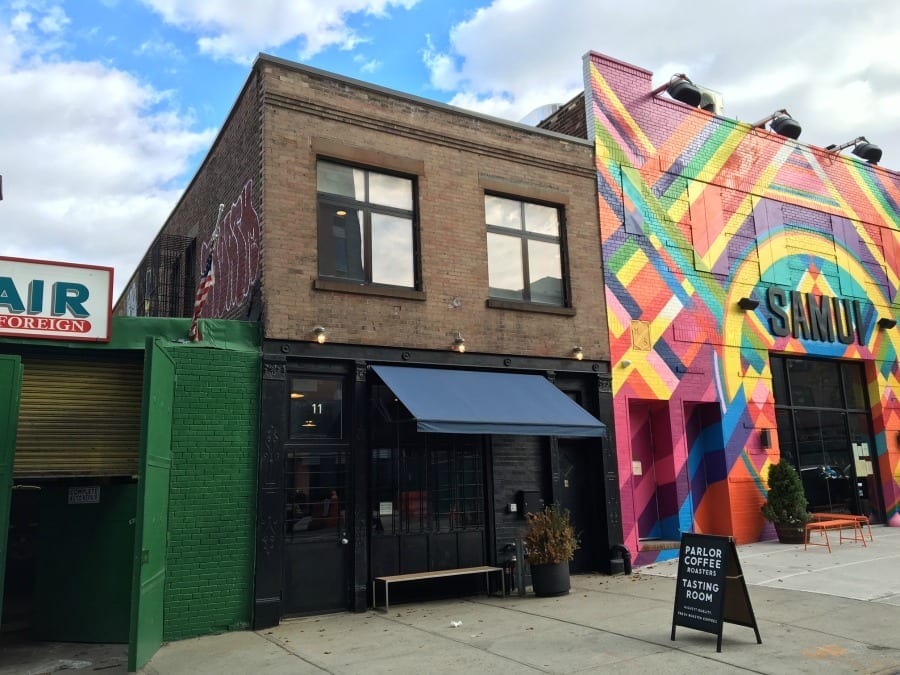
Most of the time Dillon is now in the small Brooklyn roaster in Navy Yards, Parlor Coffee, with a dozen employees. His small business model was mentioned on The Wall Street Journal. From this rather non gentrified outpost Dillon has built a small empire of loyal aficionados: the chefs at the Wythe Hotel, the baristas at Propeller in Greenpoint, the Grubstreet critics who elected it number one in NYC. We obviously visited and asked him what he thinks of the specialty coffee scene in New York and in Italy.
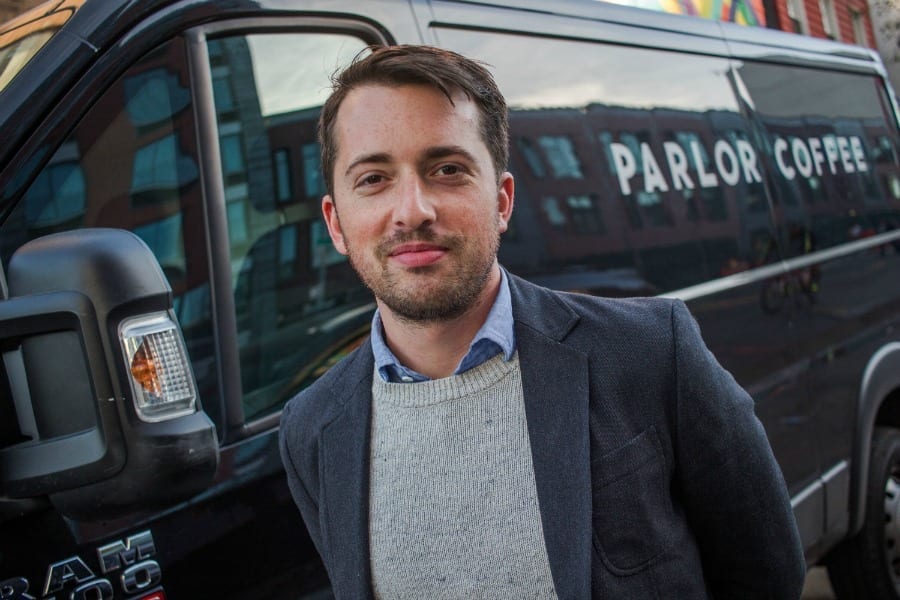
New York City was one of the first places to develop the specialty coffee and micro-roaster trend. Where is it at today?
There’s a long way to go still. Walk into any Fort Green coffee shop: I doubt the staff will know what coffee is being served, or knows the producer or the country of origin of the beans. It’s time to focus on the details, and pay due attention to the product.
How does your work differ from others?
The difference is in the details. Including the look and graphic design of our business. Cari Vander Yacht, a New York designer who has done lots of work in the food world, designed our logo. We are furthermore very selective in terms of whom we want to work with; I think this makes all the difference.
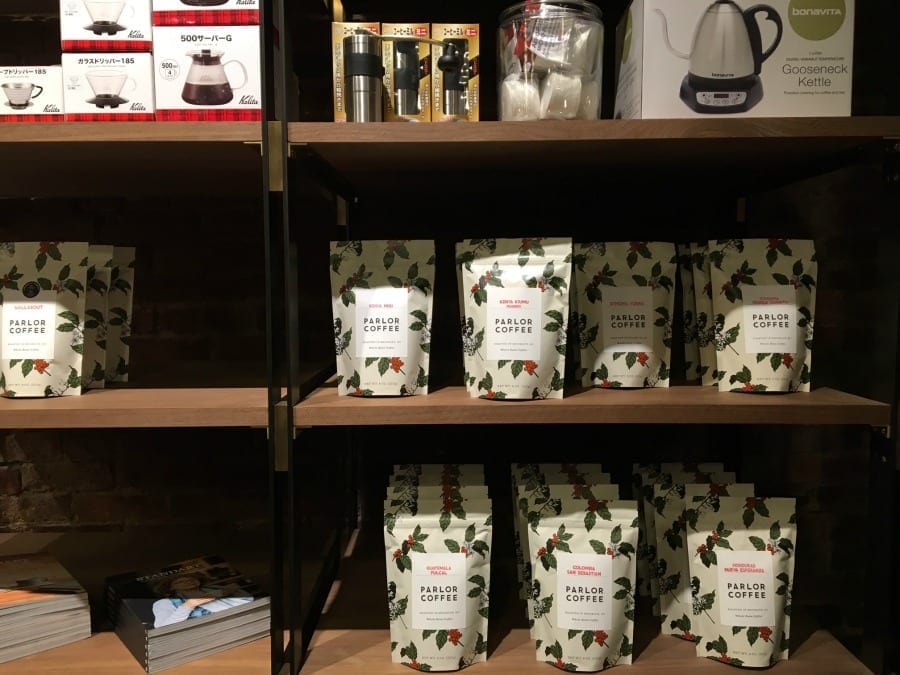
What are the best places for coffee in NYC?
I live upstairs with my wife Tessa Basore, so I don’t need to go out for coffee much beyond this block! I am however always curious to try new places especially when I travel. In the city I very much appreciate Elk in the West Village. Lately, if I’m Uptown I'll have the coffee at Flora Coffee, adjacent to the restaurant located on the ground floor at the Met Breuer (ex Whitney Museum). I think their space is one of the most beautiful places in town for a steaming cup. Their blend is Parlor, obviously!
Let’s talk about Italian coffee: what’s the Italian coffee bar scene like?
Being in Italy was a feast of the senses for my wife and I. We’ve been twice, and over time our thoughts have changed. I was initially fascinated by how Italians eat and drink, by their approach to food in general. In terms of coffee however, I must admit I noticed there’s scarce attention in both consumers and baristas in regards to the fresh product. Coffee is a fruit, with a limited shelf life.
How limited?
Very. Here at Parlor we don’t sell any product that’s over 2 weeks old past roasting. In Italy, even in the places where it’s extracted well, often the roast is not very good.
What are the positives of the Italian coffee culture?
Any “coffee experience” in Italy is infinitely more satisfying than the average US one. The language, the ambiance, and the altered sense of time: all these elements contribute to creating beauty. The fact that there still are hundred year-old coffee houses alone is extraordinary for me. In addition to this, the Italian coffee culture, the entire coffee ritual is a unique experience.
What’s in the future of Parlor?
Great things! We’re excited about the opening of the Loring Place restaurant, the owner Dan Kluger has decided to serve our coffee. We’re very interested in this project, every time we launch a collaboration with a coffee bar or a restaurant we implement a rigorous training program. Without it the quality of our product would be highly compromised.
by Francesca Magnani
Photos by Francesca Magnani

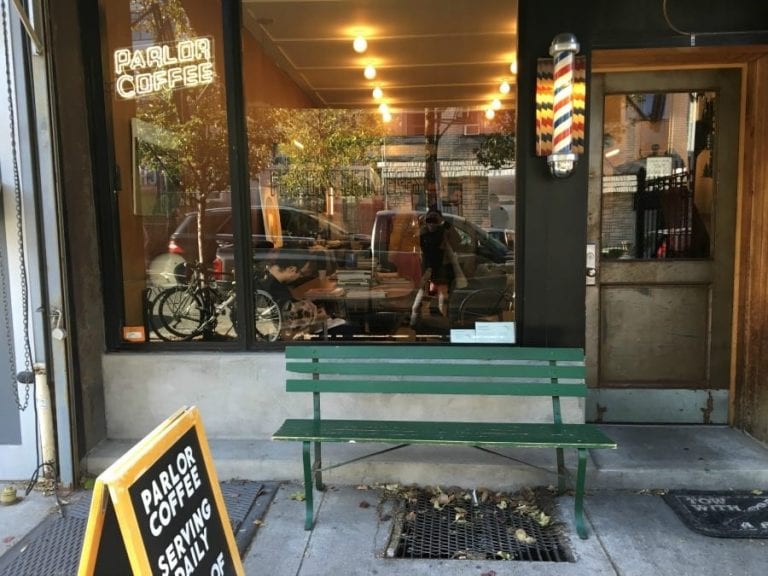

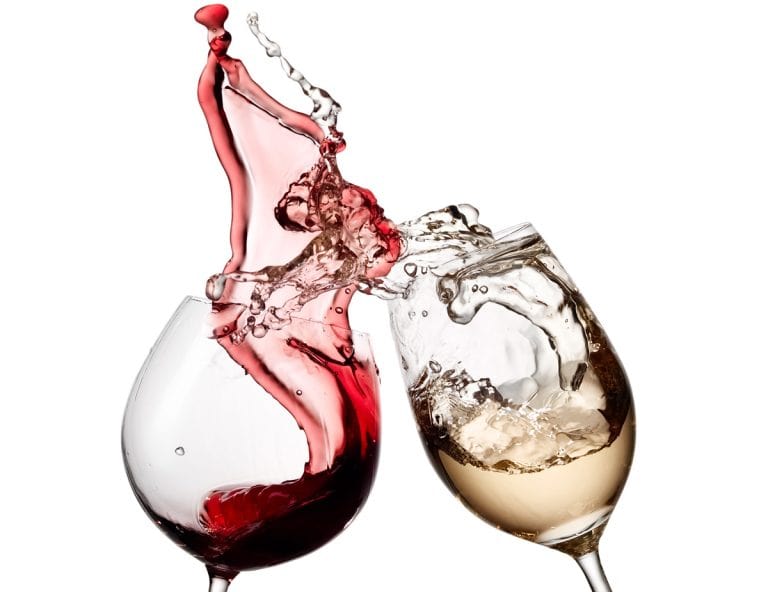 The Game (and the misunderstanding) of dealcoholised wines: even an expert critic can be fooled at first sip
The Game (and the misunderstanding) of dealcoholised wines: even an expert critic can be fooled at first sip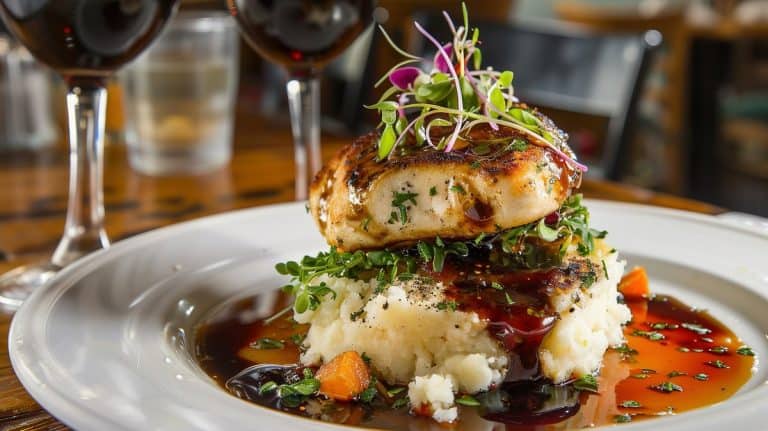 With fish, you can (also) drink red!
With fish, you can (also) drink red!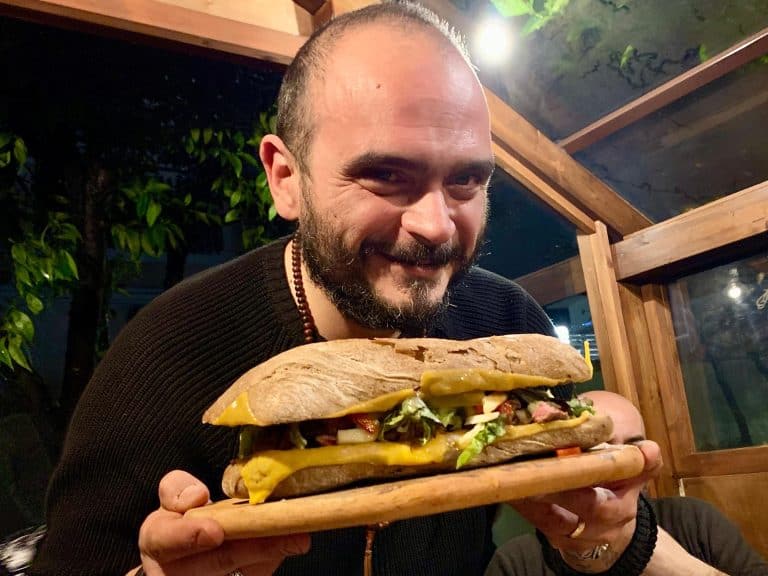 The story of the pharmacist who dispenses prescriptions by day and crafts gourmet burgers by night
The story of the pharmacist who dispenses prescriptions by day and crafts gourmet burgers by night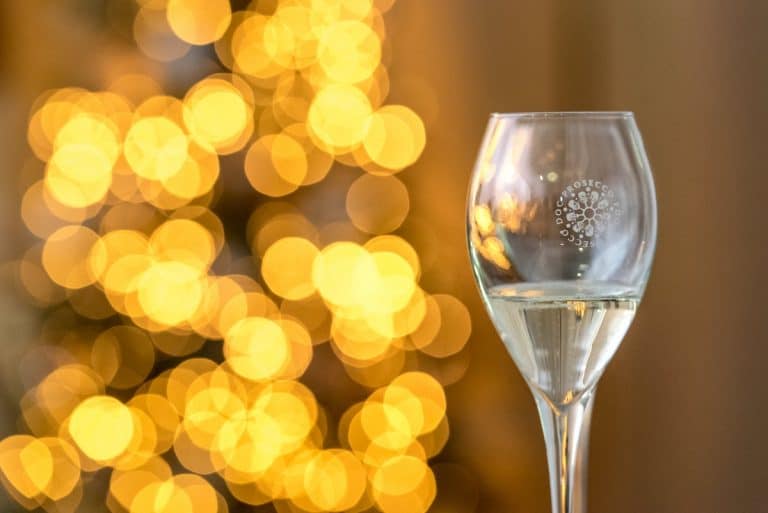 It's time for light Prosecco: the lower-alcohol version is the latest innovation in record-breaking bubbles
It's time for light Prosecco: the lower-alcohol version is the latest innovation in record-breaking bubbles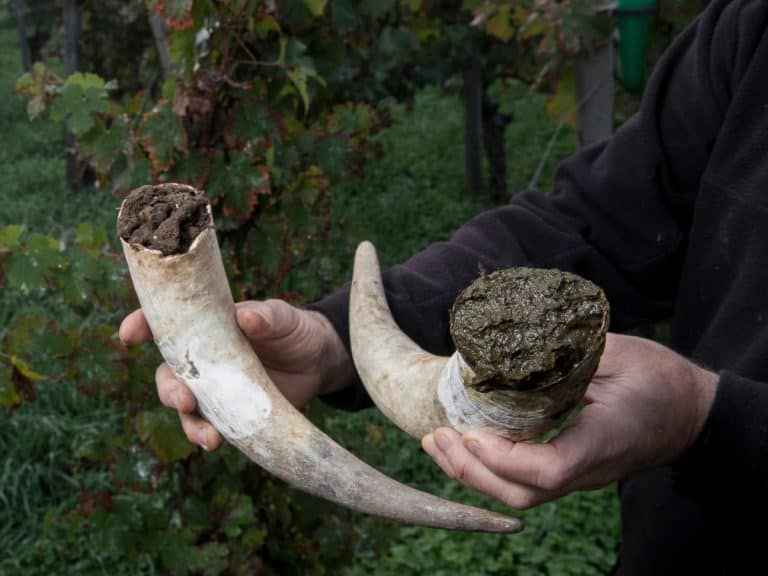 "Biodynamic preparations ave no effect on viticulture": The shocking conclusions of a Swiss study
"Biodynamic preparations ave no effect on viticulture": The shocking conclusions of a Swiss study
